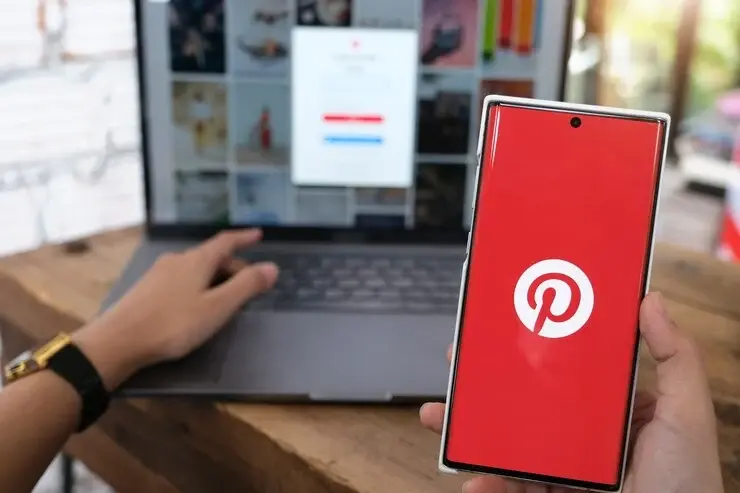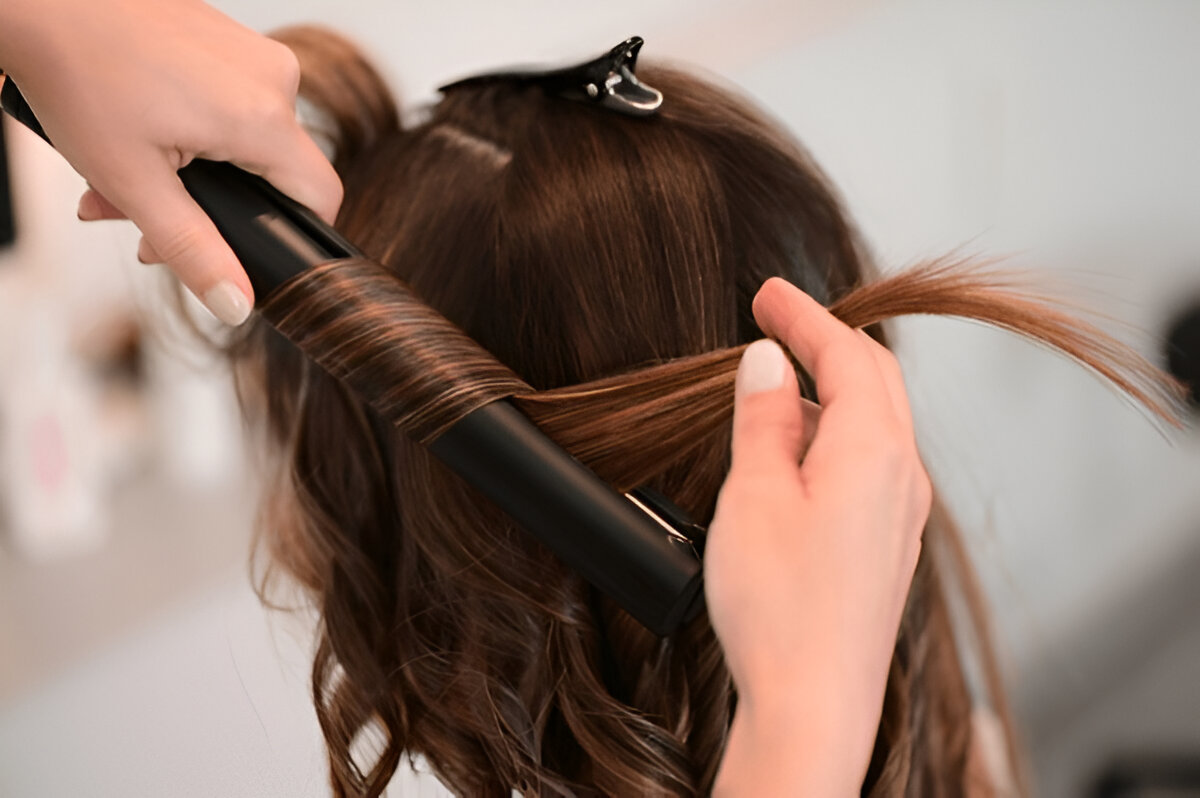Pinterest is a vibrant platform that connects millions of users through shared ideas, creativity, and inspiration. However, with its growing popularity, Pinterest has also become a target for spam bots. These automated accounts can flood your Pinterest feed, clutter your notifications, and even jeopardize your account’s security. Knowing how to stop Pinterest spam bots and protect your account is crucial for maintaining a safe and enjoyable user experience.
In this article, we’ll explore practical strategies and tips on how to stop Pinterest spam bots, keep your account secure, and ensure that your Pinterest activity remains authentic and meaningful.
What Are Pinterest Spam Bots?
Stop Pinterest spam bots are automated programs designed to mimic real users but with malicious or promotional intent. They often send spammy messages, post irrelevant pins, or follow and unfollow users repeatedly. These bots can disrupt your Pinterest feed by posting unwanted content or engaging with your account to promote scams, phishing links, or low-quality websites.
The presence of spam bots not only degrades the quality of your Pinterest experience but can also damage your reputation if they interact with your profile or followers. Therefore, understanding how to stop Pinterest spam bots is essential for every Pinterest user.
Signs You’re Being Targeted by Spam Bots
Before diving into prevention methods, it’s helpful to recognize signs that spam bots are targeting your Pinterest account:
- Sudden influx of suspicious followers or messages
- Receiving repetitive or irrelevant comments and pins
- Unusual activity on your account, such as pins you didn’t post
- Notifications about follows and unfollows happening rapidly
- Spammy links shared via direct messages
If you notice any of these signs, it’s time to take action to stop Pinterest spam bots.
How to Stop Pinterest Spam Bots: Practical Steps
1. Strengthen Your Account Security
The first step in protecting your account from spam bots is to enhance your security settings:
- Use a Strong Password: Ensure your password is complex and unique, combining letters, numbers, and symbols.
- Enable Two-Factor Authentication (2FA): Pinterest supports 2FA, adding an extra layer of security by requiring a code from your phone or email when logging in.
- Regularly Update Your Password: Change your password periodically to prevent unauthorized access.
2. Review and Manage Your Followers
Spam bots often follow accounts to gain legitimacy or spread spam. Here’s how to manage your followers to stop Pinterest spam bots:
- Identify Suspicious Accounts: Look for profiles with no pins, generic names, or irrelevant content.
- Remove or Block Spammy Followers: Pinterest allows you to block users who engage in spammy behavior, preventing them from following you or interacting with your content.
- Set Your Profile to Private (If Applicable): Though Pinterest is primarily public, some features allow limited sharing, helping you control who interacts with your pins.
3. Be Careful with Third-Party Apps and Services
Many spam bots enter through third-party apps that have access to your Pinterest account:
- Revoke Access for Suspicious Apps: Regularly check which apps are linked to your Pinterest and remove any that look suspicious or that you no longer use.
- Use Trusted Services Only: When connecting tools for scheduling pins or analyzing Pinterest analytics, choose reputable apps.
4. Report Spam and Bots to Pinterest
Pinterest actively works to remove spam and bots from the platform. You can help by reporting suspicious accounts or pins:
- Click on the three dots (…) on the pin or profile and select “Report.”
- Choose the reason related to spam or suspicious behavior.
- Reporting helps Pinterest identify and take down spam bots faster.
5. Avoid Engaging with Spammy Content
Engaging with spam pins or messages can signal bots that your account is active and responsive, encouraging more spam:
- Ignore and Delete Spam Messages: Don’t click on suspicious links or respond to spammy comments.
- Avoid Reposting Spam Pins: This helps reduce the visibility of spam content.
6. Use Pinterest’s Spam Filters and Settings
Pinterest has built-in algorithms to detect spam. Ensure these filters are enabled in your settings:
- Navigate to your account settings and look for options related to spam filtering or content moderation.
- Keep these features activated to automatically reduce spam visibility.
7. Educate Yourself on Spam Bot Trends
Spam bots evolve constantly. Stay updated on new tactics and common spam trends on Pinterest by following Pinterest’s official blog or community forums. Awareness can help you anticipate and avoid new spam attacks.
Why It’s Important to Stop Pinterest Spam Bots
Stopping spam bots goes beyond just cleaning up your feed. Here’s why it matters:
- Protect Your Privacy: Spam bots can sometimes harvest personal information or trick you into clicking harmful links.
- Maintain Credibility: If spam bots interact with your account or followers, it can hurt your reputation.
- Enhance User Experience: A spam-free account means you can enjoy Pinterest without distractions or threats.
- Prevent Account Suspension: Pinterest may suspend accounts that unknowingly share spam content, so protecting your account helps keep it active.
Final Thoughts
Pinterest is an inspiring platform, but like any social network, it requires vigilance to keep it safe from spam bots. By following the steps outlined above, you can effectively stop Pinterest spam bots and safeguard your account. Remember to strengthen your security, manage your followers, use trusted apps, and report suspicious activity promptly.
Protecting your Pinterest account not only improves your experience but also contributes to a healthier and more enjoyable community for everyone. Stay alert, stay informed, and keep your Pinterest space spam-free!


